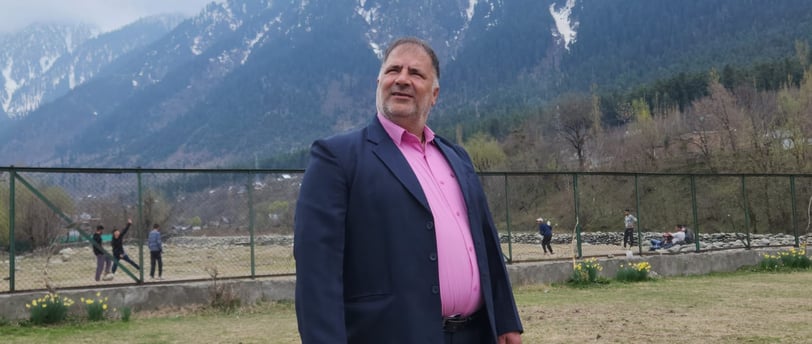Introduction
Unveiling the Forgotten Past: The Historical Background of Sqay Resurrected


"In the art of Sqay, we find the grace of a dancer, the precision of a swordsman, and the strength of a warrior."
Sqay is a Persian word that means knowledge of war and is a 6000-year-old form of martial arts from the snow-capped land of Kashmir. It was developed as a skill to protect themselves from wild animals, and to hunt them. Sqay got an official status around the year 3900 BC, when King Diya Dev ordered his army to learn and practice Sqay. Some of the Sqay moves are intact from that era, making it probably the longest-practiced form of martial arts.
But why, as common people, do we even know about Sqay? Why are we unaware of this great self-defense skill? While a lot can be attributed to the isolation of the hilly terrains of Kashmir from the rest of the world, to government apathy, and to the fact that such traditional forms of martial arts in India were lost during the era of foreign invaders and political instability.
In 3889 BC, a storm named as Tophani Nuh AS wreaked havoc on the land of Kashmir. This storm destroyed the kingdom of Kashmir and killed most of the people. The few who survived this great storm lived in the forest of Kohistan, and they practiced Sqay to defend themselves from wild animals. Sqay techniques were also used to collectively hunt animals for food. During the time of Kashyap Rishi, Kashmir thrived again and became a major land of culture, arts, and trade. For about 2000 years, soldiers of Kashmir’s kingdoms kept Kashmir safe from invaders, and Sqay enjoyed its prominence as the major martial art of the region.
In 1324 AD, Kashmir was invaded by King Zavel Qader Khan Tatari. During the era of Muslim rulers, Sqay was re-established as Shamsherizen and was a compulsory practice for all soldiers.
Following the Mughal era, the British rule, and later the period of political uncertainty, and insurgency, Sqay, like many other indigenous Kashmiri arts and crafts, lost its popularity and was on the verge of vanishing when Grandmaster Nazir Ahmed Mir resurrected this great martial art and redefined the rules of the game.
